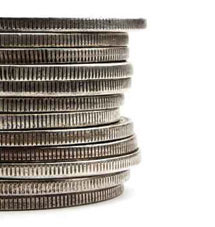
ANSWERS / Japan's 2 Lost Decades
Why has Japan experienced what is called the "2 Lost Decades"?
The 2 Lost Decades can be defined by common economic statistics, such as their stock market which today stands at 70% BELOW what it was about 20 years ago, it's GDP which has been essentially flat for 20 years, and its gross national debt, today at about 225% of GDP. What this means in common human terms is that the average Japanese resident today is significantly poorer than he/she was 20 years ago, is highly indebted, and very disheartened. Not nice!
How did this happen? Japan had the mother of all asset bubbles, affecting real estate, the stock market, bond market, energy, etc. If I remember correctly, at the height of their bubble, 7 of the largest 10 banks in the world were Japanese. Do you remember those days? Japan was the king of the hill and could do nothing wrong! If you have not read the real estate bubble page, now would be a good time to do so as I will not repeat here the causes of bubbles.
Why this situation still exists after more than 20 years comes back to the same factors which we keep repeating on this website, which is that the fractional reserve banking system first creates asset bubbles and then through the national (i.e., personal, corporate, governmental, and for the first time in history, central bank) deleveraging process makes progress desperately difficult. We will always have business cycles, but the extremes of these would not be experienced under the Real Money Economy making the deleveraging process a cakewalk in comparison to what numerous countries are fighting today – see ANSWERS for more on this.